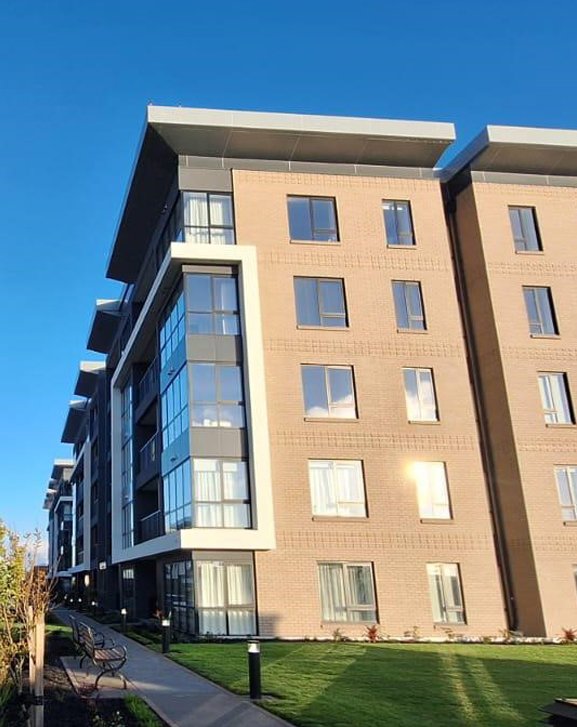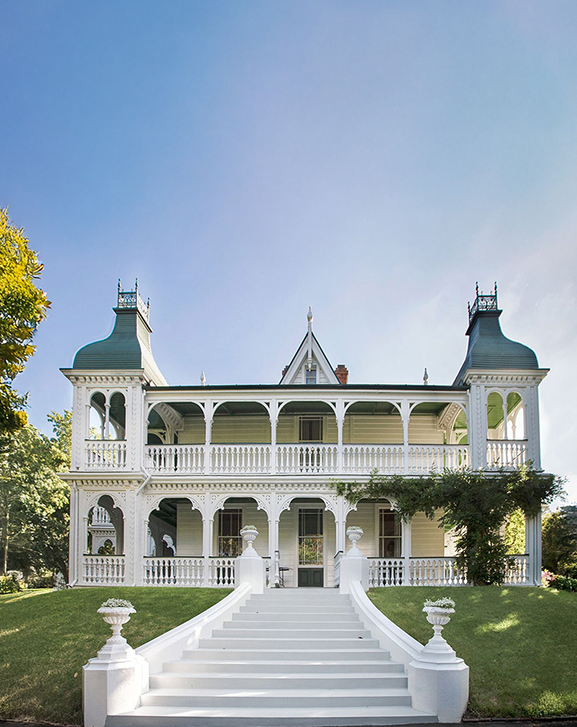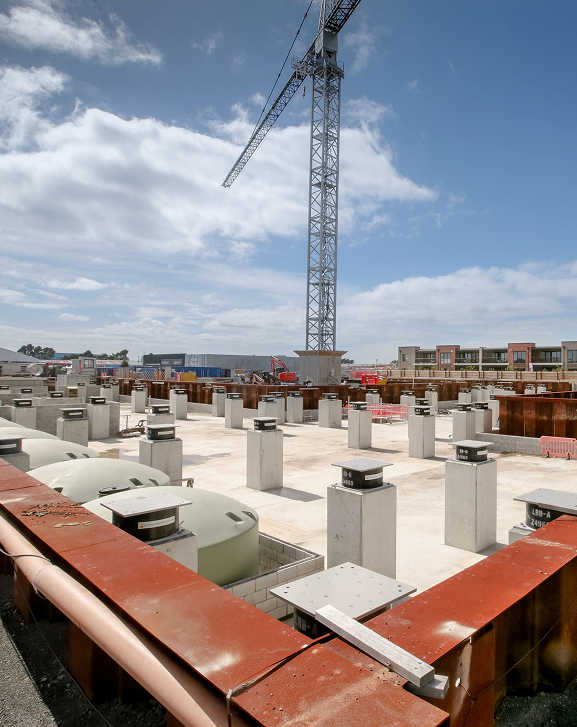Seismic Protection
Seismic protection plays a crucial role in the design of structures in New Zealand, significantly influencing their architectural form and function.
By combining research, strategic partnerships, and insights from global trends, we assess existing buildings and design new structures that efficiently withstand the high seismic loads unique to New Zealand.


Seismic Assessment
Mitchell Vranjes are competent in IEP’s (Initial Evaluation Procedure) and DSA’s (Detailed Seismic Assessment).
IEP’s are more affordable than DSA’s, but contain far less information. MV can advise on the best report for you based on the type of building, use of building and whether you’re trying to buy or sell.
All our DSA’s come with conceptual strengthening concepts (if your building is classified as less than 34% earthquake prone). Our concepts focus on practical, cost-effective solutions that minimise disruption to building owners.
We complete our DSA’s using the latest guidelines and are in regular contact with industry professionals who write the latest advice.
Dampers
We partner with US-based Taylor Systems to offer the design of fluid viscous dampers. They are hydraulic devices that, when stroked, dissipate the energy placed on a structure by seismic events, reducing steel member sizes or simplifying seismic upgrades.


Base Isolation
Base Isolation is a low-damage design technique that helps protect structures from earthquake damage.
Instead of designing your structure to sit directly on the foundation, we include a decoupling system between the building and the ground, significantly reducing movement and damage in an earthquake. It’s an effective technique – in most cases, the structure is safe for use as soon as the earthquake is over.
Base Isolation can also help reduce foundation design, as fewer piles are needed for tension uplift. Our expert team has extensive experience with this technique, having successfully implemented it in numerous base-isolated buildings across New Zealand.